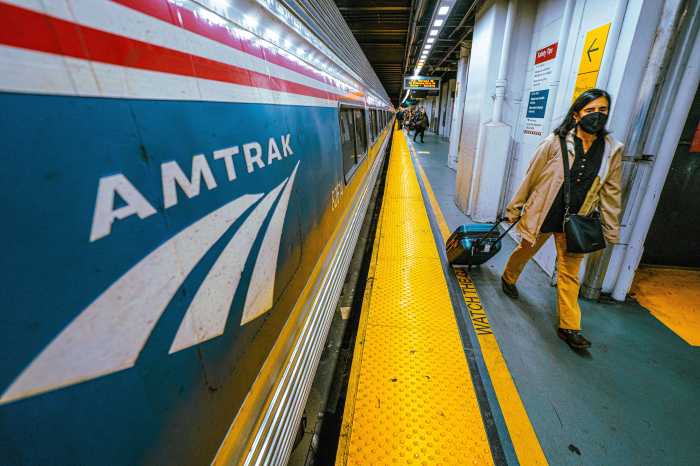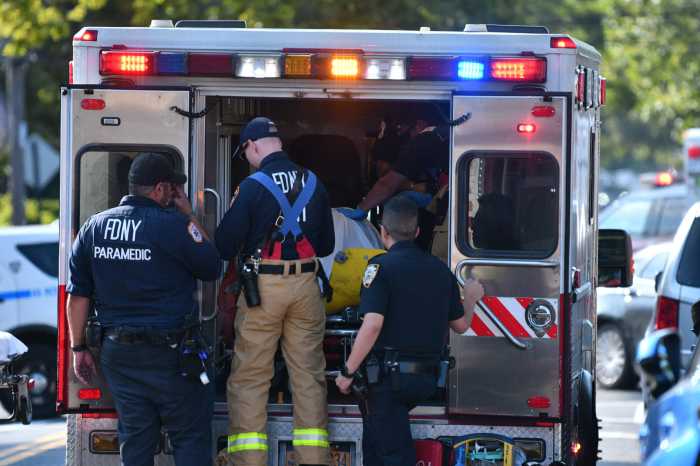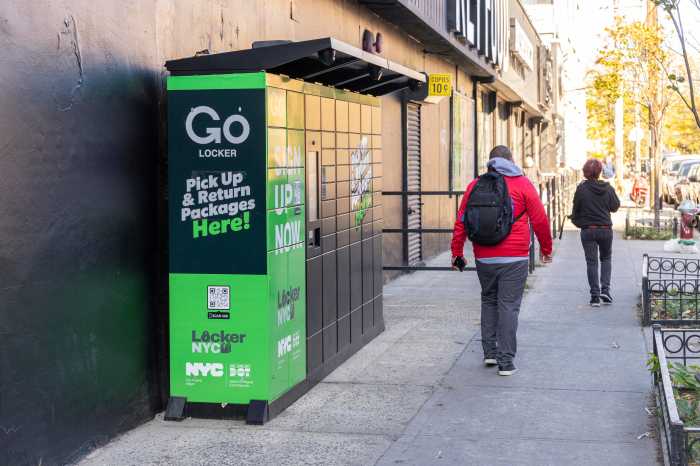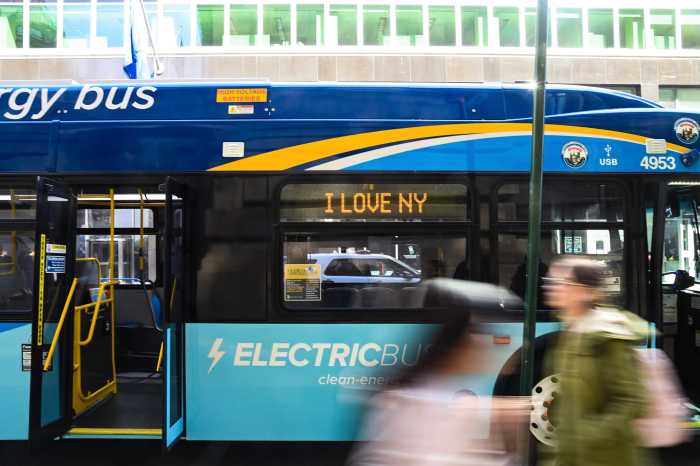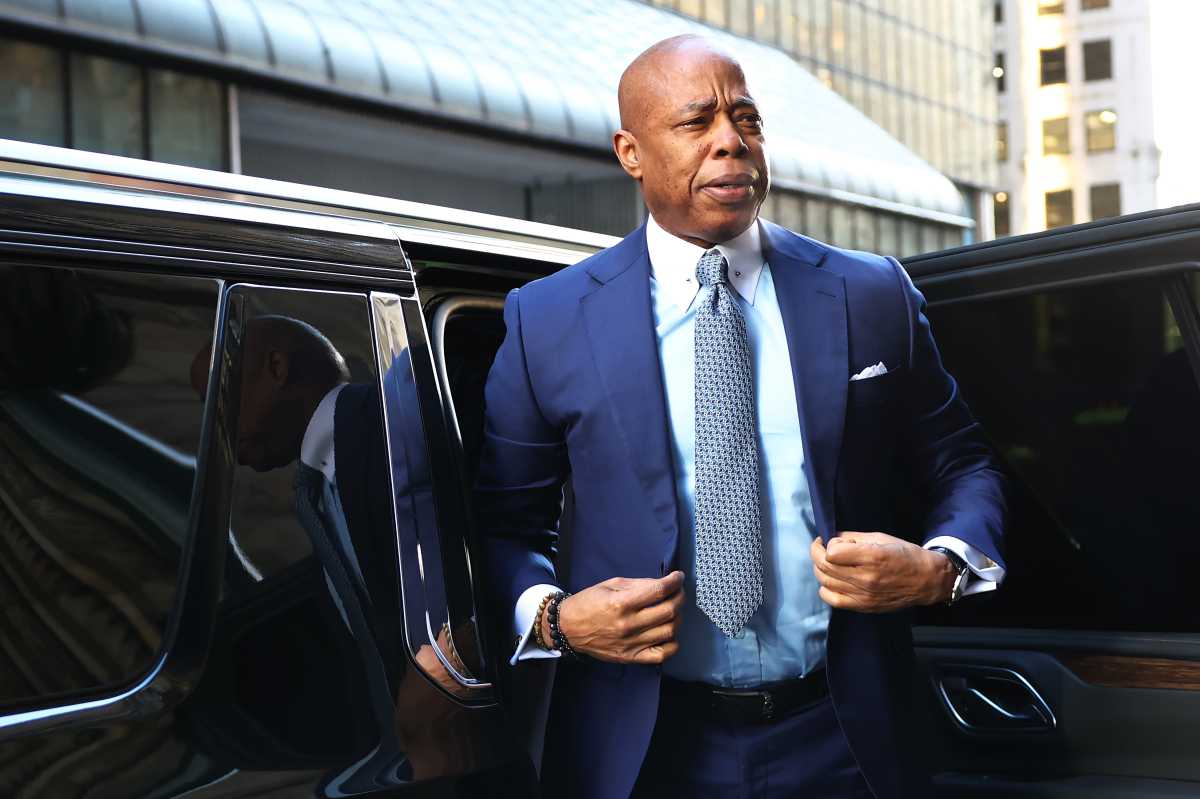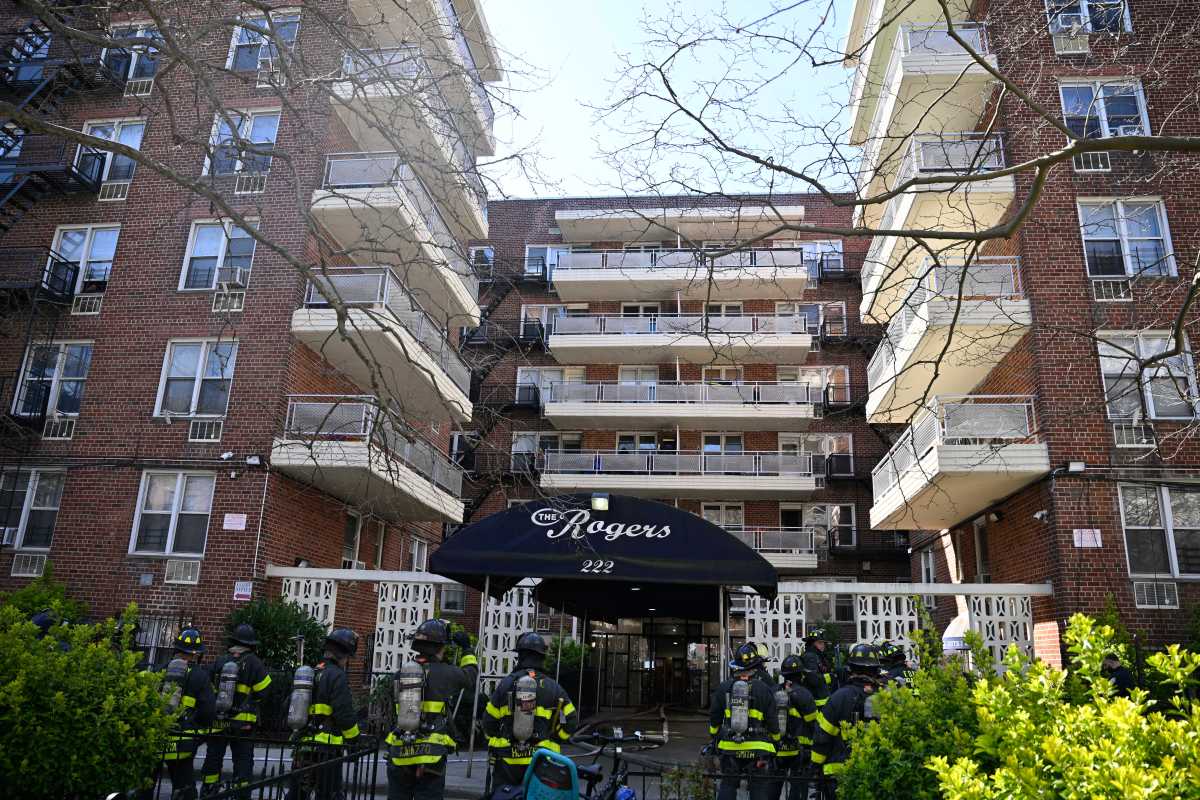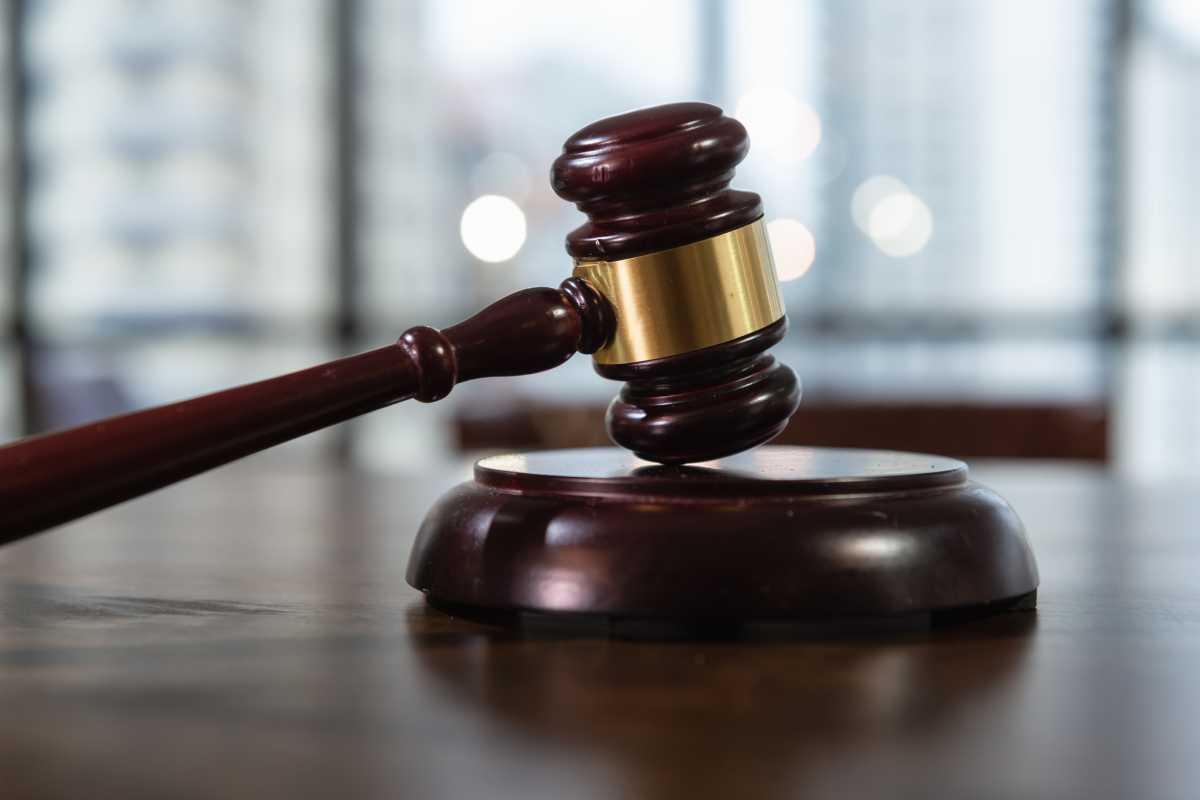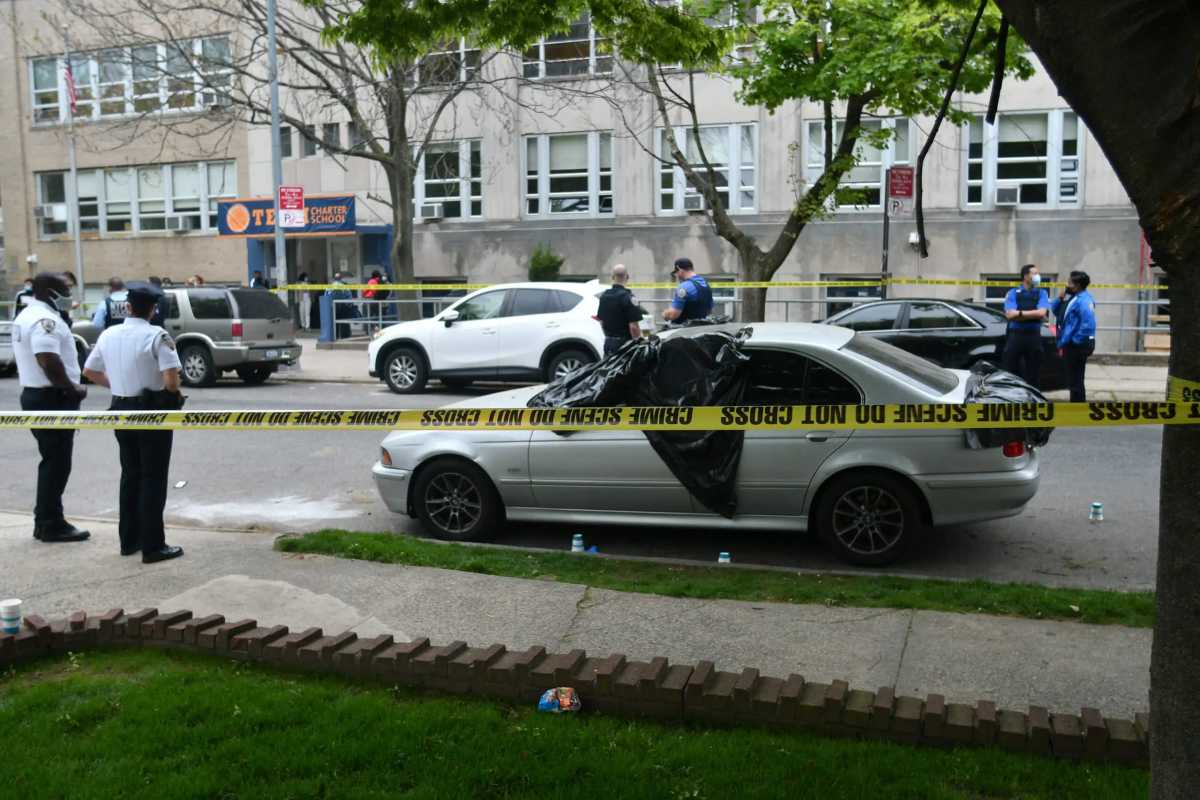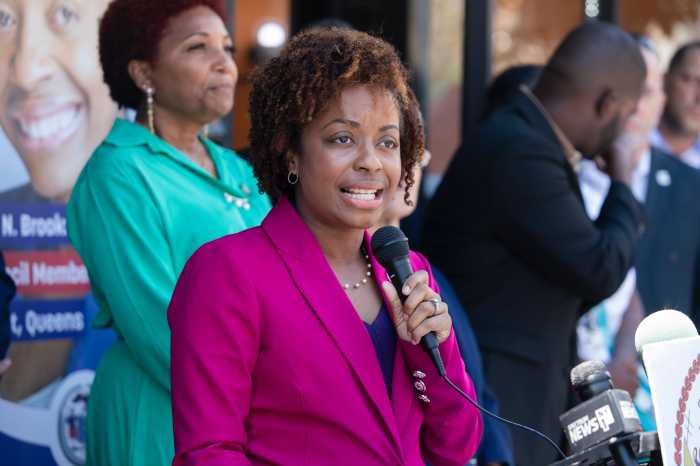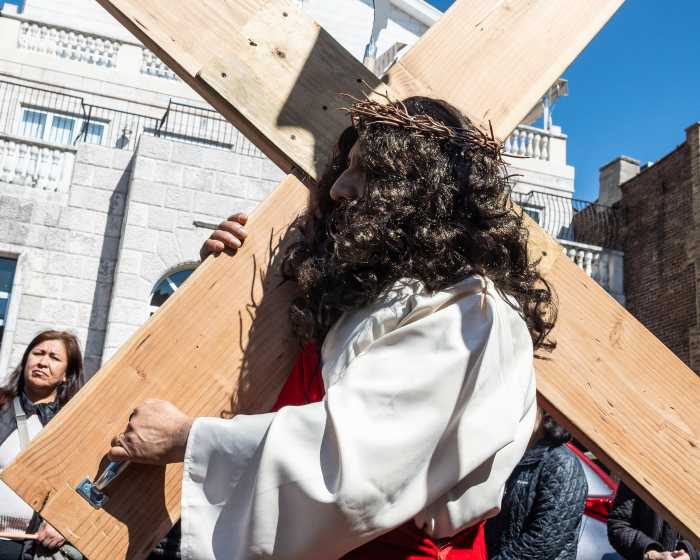
Advocates have a new ally in the fight for a better subway: AARP.
The New York branch of the senior citizens organization gathered with transit advocates Thursday and announced AARP was signing onto the campaign to identify new funding streams for the MTA. If Gov. Andrew Cuomo and state lawmakers heed the call, the new funding should be used to finance the authority’s Fast Forward plan, the advocates said. That plan includes several projects, such as installing more elevators in subway stations — a priority for many of the city’s senior citizens.
“This is a real issue for our members … when we do our research, our polling, and talk about what is essential so you can live here and age well in New York City — if it’s not housing, transportation is number one,” Chris Widelo, AARP’s state director for New York City, said while speaking on behalf of the group’s 80,000 members in the city and standing in front of the C and E train station on 25th Street in Manhattan.
About 25 percent of the MTA’s 472 subway stations are accessible by elevator. Last month, Malaysia Goodson fell and died as she tried to navigate subway stairs with her small child and stroller.
“We have a full campaign in Albany. We are speaking to legislators about this and the need to do it,” Widelo added.
AARP, however, has not yet opted to support congestion pricing, a proposal to charge private vehicles for entering the Manhattan core that Cuomo and others argue can fund at least part of Fast Forward. Widelo said AARP needs to finalize its stance on congestion pricing “from a national level,” but added that it was “certainly a viable option.”
With the April 1 budget deadline approaching, the MTA’s boosters have been pressuring Cuomo and lawmakers to hash out the details of congestion pricing, which the governor included in his budget proposal. Cuomo estimates tolling private vehicles crossing into the Manhattan core could net $1 billion in revenue, which could be used to raise $15 billion through bonding for the MTA’s capital projects.
In addition to new elevators, the 10-year, $40 billion Fast Forward initiative outlines a plan to replace signals on many sections of the subway with more modern equivalents. Officials say signal upgrades could increase the capacity and reliability of service.
“Absent new revenue from Albany to fund Fast Forward, New York City Transit simply will not have the means to provide an accessible subway for everyone,” said Colin Wright, of TransitCenter, which supports congestion pricing.
Lawmakers in attendance — Assembly members Robert Carroll, Richard Gottfried, Linda Rosenthal and Jo Anne Simon — hoped they and their colleagues hash out over the next five weeks the details of congestion pricing and MTA operational reforms slated to accompany the new funding stream.
Now that the Democratic governor is working with chambers controlled by his party and in possession of a clear plan to modernize the subways, Carroll said fixing mass transit should be a top priority in the legislature.
“We need to do this now if we want our city to be sustainable; if we want our economy to grow — there’s no better thing to do than make sure we fund the Fast Forward plan,” Carroll said.
“You can’t be a progressive in 2019 unless you are for funding the MTA,” Carroll added.



